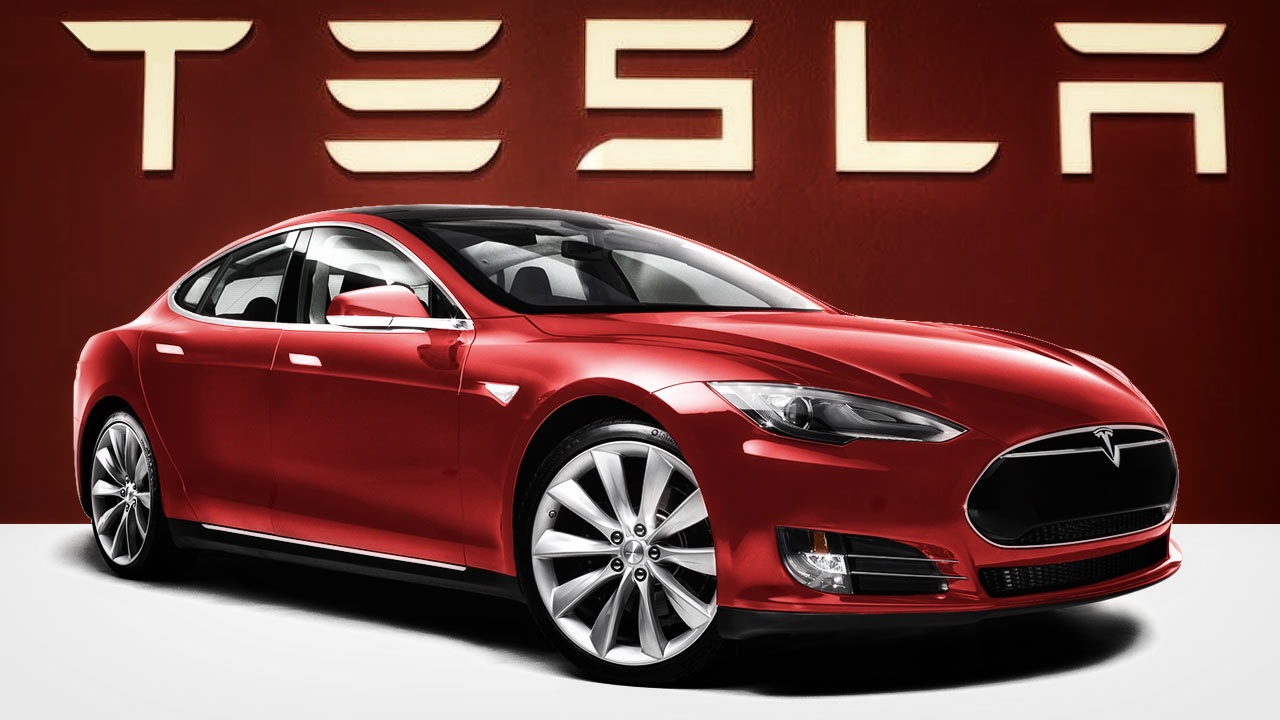Hertz, a rental car company, once envisioned itself as the ultimate EV broker, offering battery-powered vehicles to ride-hail drivers, business travelers, and tech newbies in an ambitious plan to capitalize on the EV revolution. The company signed deals with the world’s leading automaker,Tesla, Inc. (TSLA) and the Swedish EV startup Polestar to purchase more than 200,000 EVs.
However, the company’s IEV plans are running into some challenges Last week, Hertz stated that the declining resale value of its EVs and higher repair costs are forcing it to put brakes on its EV rollout.
TSLA has been rapidly slashing its prices to boost sales as it struggles with weakened demand and heightened competition. The price cuts have further lowered the resale value of the EVs in Hertz’s fleet by nearly one-third. Also, repair costs have been higher than anticipated, almost double what the company pays to repair gasoline cars, CEO Stephen Scherr said in an interview with Bloomberg.
A part of the problem concerns Hertz’s plans to rent EVs to ride-hail drivers. Of the 100,000 Tesla vehicles acquired by Hertz, almost half were to be allocated to Uber drivers as part of an agreement with the ride-hail company. As Uber drivers tend to drive their vehicles into the ground, the higher utilization rate can lead to more damage than Hertz expected.
Hertz will slow the pace of buying EVs while it learns how to manage costs, Scherr added.
This news, coupled with several other headwinds, hints at the bearish sentiment surrounding TSLA lately. Shares of the electric vehicle maker have plunged more than 11% over the past month.
Now, let’s review in detail what has happened in the past few months and discuss several factors that could impact TSLA’s performance in the near term:
Deteriorating Financial Performance
For the third quarter that ended September 30, 2023, TSLA reported revenue of $23.35 billion, missing analysts’ expectations of $24.14 billion. The company’s gross profit declined 22.4% from the year-ago value to $4.18 billion. Its operating expenses increased 42.5% year-over-year to $2.41 billion. Its income from operations was $1.76 billion, down 52.2% year-over-year.
Furthermore, the automaker’s adjusted EBITDA decreased 24.4% from the prior year’s quarter to $3.76 billion. Its adjusted net income attributable to common stockholders came in at $2.32 billion, a decline of 36.6% year-over-year. The company posted an adjusted EPS of $0.66, below the consensus estimate of $0.73. This compared to $1.05 a year ago.
TSLA’s net cash provided by operating activities was $3.31 billion, down 35.1% from the previous year’s quarter. Also, the company’s free cash flow declined 74.3% year-over-year to $848 million.
Misses on Quarterly Delivery Expectations
Tesla missed market estimates for third-quarter deliveries due to production constraints caused by planned factory shutdowns. TSLA’s total deliveries dropped 6.7% sequentially and 35.6% year-over-year to 435,059 vehicles in the third quarter. The company’s deliveries missed analysts’ estimate of 461,640.
Further, the company reported total vehicle production of 430,488, compared to $479,700 during the prior quarter and 365,923 in the same period of 2022, respectively.
“A sequential decline in volumes was caused by planned downtimes for factory upgrades, as discussed on the most recent earnings call,” the company said. “Our 2023 volume target of around 1.8 million vehicles remains unchanged.”
Continued Price Cuts
On October 6, TSLA slashed the prices of its top-selling models in the U.S. again after the EV giant reported third-quarter deliveries that missed Wall Street expectations. The starting price for the Model 3 is listed at $38,990 on Tesla’s website, a drop from $40,240. The long-range Model 3 price declined from $47,240 to $45,990.
Also, the price of the Model 3 Performance fell from $53,240 to $50,990. The company’s Model Y Performance sports utility vehicle’s price now starts at $52,490, down from the prior price of $54,490.
Beginning at the end of 2022, TSLA started cutting the prices of its vehicles worldwide to drive demand amid concerns over eroding consumer spending in markets such as the U.S. and China and heightened competition in the EV space.
Elon Musk, CEO of TSLA, has earlier hinted at the company’s desire to chase higher volume over bigger margins this year.
Panasonic Battery Warning
Panasonic Holdings Corp., a longtime partner and supplier to Tesla, announced that it had reduced battery cell production in Japan during the period that ended September 2023. Panasonic cells have been used in TSLA’s older and higher-priced vehicles, including Model X SUVs and Model S sedans.
The recent update from Panasonic stoked investor concerns over softening demand for EVs, especially for high-priced EVs that may not qualify for tax breaks or other incentives from the government in and beyond the U.S.
Tesla Cybertruck Concerns
Elon Musk also mentioned in Tesla’s third-quarter earnings call that the company was facing severe challenges with the production of its long-awaited Cybertruck. He cautioned that Cybertruck won’t deliver considerable positive cashflow for 12 to 18 months after production starts.
The EV maker announced on X (formerly Twitter), now owned by Musk, that “Cybertruck production remains on track for later this year, with first deliveries scheduled for November 30th at Giga Texas.”
On the earnings call, Musk said, “It is going to require immense work to reach volume production and be cashflow positive at a price that people can afford” with the Cybertruck. He added, “I just want to temper expectations for Cybertruck. It’s a great product, but financially, it will take a year to 18 months before it is a significant positive cash flow contributor.”
Growing Risk of Smart Money Exit
An analyst recently warned of potential mass exit by big institutional investors.
GLJ Research’s Gordon Johnson said that the last time (the second quarter of 2022) when Tesla missed analyst estimates was just a fraction of what the company reported for the third quarter of 2023, and over the next six months, the stock dropped nearly 50% as the “smart money” existed.
“It’s not weak demand. It’s poor results… that are getting worse,” Johnson added.
TSLA exhibits substantial institutional ownership, with institutions owning around a 42.75% stake. Moreover, the total value of these holdings amounts to $295.96 billion. However, disappointing financial results and other factors could result in a mass exodus by smart money.
Unfavorable Analyst Estimates
Analysts expect TSLA’s revenue for the fourth quarter (ending December 2023) to come in at $25.57 billion, indicating an increase of 5.1% year-over-year. However, the consensus EPS estimate of $0.73 for the current quarter reflects an alarming 38.4% year-over-year decline. Moreover, the company has missed the consensus revenue estimates in three of the trailing four quarters.
For the fiscal year 2023, the company’s EPS is expected to decrease 21% year-over-year to $3.22.
Bottom Line
TSLA grapples with high-interest rates pushing up financing costs and discouraging consumers from making discretionary purchases. The company, in response, has aggressively cut prices this year as it aims to grow its user base to battle weakened demand and increased competition.
The company’s third-quarter revenue and earnings missed Wall Street expectations. The company reported a significant drop in earnings and thinner profit margins. Also, due to factory upgrades that led to planned downtimes, it missed vehicle delivery expectations in the last reported quarter.
Further, analysts seem bearish about TSLA’s prospects as the company will continue to face headwinds, including immense challenges in scaling production, lower margins due to price cuts, sharp competition in the EV market, and persistent soft consumer spending amid the rising interest rate environment.
Therefore, avoiding this EV stock for now could be wise.




